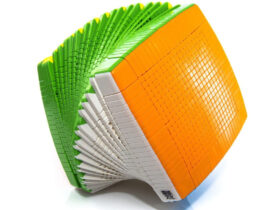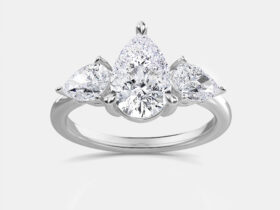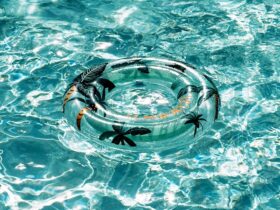Setting Up a Saltwater Aquarium: Equipment, Live Rock, and Water Parameters
You’ve kept freshwater fish like goldfish and bettas, and now you’re ready to dive deeper into the aquarium hobby. Saltwater aquariums open up a whole new underwater world, full of dazzling colors and alien shapes. Maintaining a thriving reef aquarium takes more expertise but brings greater rewards. From clownfish to coral, you’ll enter an ecosystem as complex and beautiful as a natural reef. Success requires learning proper setup, filtration, chemistry, and inhabitants. It’s a challenging but captivating endeavor. Let this guide illuminate the path so your exotic saltwater aquarium overflows with vibrant life. You’re about to embark on an unforgettable aquatic adventure.
Choosing Saltwater Fish: Species Profiles of Popular Choices
To keep exotic marine fish and invertebrates, you’ll need to invest in quality equipment and establish the proper aquatic environment. The essentials include:
– A large glass aquarium (at least 30 gallons for a reef tank)
– A powerful filtrationsystem, protein skimmer, and circulation pump for clean, oxygenated water
– A heater and thermostat to maintain a consistent water temperature (72-78°F for most species)
– Substrate like live rock or crushed coral, and decor that provide hiding spots
– High-intensity lighting like LED or metal halide to support photosynthesis
– Salt mix, hydrometer or refractometer, and test kits to measure salinity and water chemistry
– A quarantine tank for new arrivals before adding them to your main tank
Live rock, or rock that has been seeded with beneficial bacteria and microfauna, is key to establishing a natural biological balance. Add 1-2 lbs of live rock per gallon and provide strong lighting to promote growth of algae and microalgae.
Monitor ammonia, nitrite, nitrate, pH, calcium, and alkalinity levels regularly and perform water changes of 10-15% weekly or biweekly. Keep salinity around 1.025-1.026. Stable, pristine water conditions are essential for the health of your marine inhabitants.
With the proper setup and care, a saltwater aquarium can become a mesmerizing underwater oasis in your own home. Do research on your selected species before acquiring them to ensure you can meet their needs for a long and rewarding relationship.
Maintaining a Healthy Environment: Filtration, Testing, and Troubleshooting for Saltwater Aquariums
When setting up a saltwater aquarium, selecting fish that will thrive together is key. Some of the most popular choices for home aquariums include:
– Clownfish: Made famous by Finding Nemo, clownfish are colorful, hardy, and easy to care for. They are peaceful community fish that do well in a reef tank. Clownfish come in varieties like Ocellaris and Percula.
– Damselfish: Damselfish, such as the Royal Gramma and Garibaldi, add striking colors like purple, yellow and blue to an aquarium. They tend to be semi-aggressive, so choose tankmates carefully. Provide plenty of live rock for shelter and algae for them to graze on.
– Wrasses: Colorful wrasses, such as the Six Line and Rainbow Wrasse, are active, social fish that do well in a community reef tank or fish-only saltwater aquarium. They may nip at corals, so add them to an established tank. Offer a varied diet, including meaty foods, to keep these fish healthy and happy.
– Gobies: Gobies, such as the Watchman Goby or Diamond Goby, are small, peaceful fish that pair well in reef tanks or nano aquariums. They sift through the sand for food and are fascinating to watch. Provide fine sand or crushed coral substrate and plenty of live rock for shelter.
– Tangs: Tangs, such as the Yellow Tang or Powder Blue Tang, add color and grace to a larger reef tank. Some species can be aggressive, so choose tankmates carefully. Tangs need ample swimming space, live rock, and a diet high in vegetable matter, such as seaweed and algae. Perform regular water tests to ensure high water quality for these sensitive fish.
By choosing a variety of colorful, active fish with similar needs, you can create an engaging saltwater community tank. Be sure to research the needs and temperaments of different fish before purchasing to ensure long-term health and happiness.







